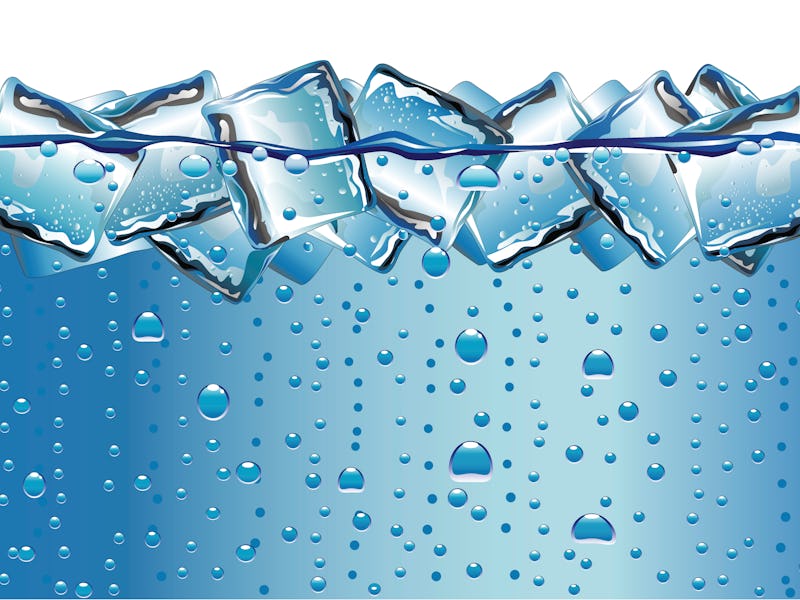Water loves this new membrane. That could mean there's more to safe, clean water to drink.
This membrane could do everything from water purification to battery storage.

A newly developed plastic membrane could make for more effective and affordable for water purification and battery energy storage. The membrane is made of polymers that form a shape that resembles fusilli pasta, according to the researchers that developed it. The membrane is described in a new study in Nature Materials.The membrane is made of polymers that form a shape that resembles fusilli pasta, according to the researchers that developed it. The membrane is described in a new study in Nature Materials.
The membrane has many extremely small hydrophilic pores—meaning they attract water—and these pores are able to capture molecules and ions of a certain size. This makes the membrane useful for water filtration, as it can capture the ions and molecules that would make the water unsuitable for drinking. The membrane can also capture lithium from water, which could then be used in batteries.
“Such membranes could be used in water nanofiltration systems and produced at a much larger scale to provide drinking water in developing countries,” Song said. “Perhaps now we can get sustainable lithium from seawater or brine reservoirs instead of mining under the ground, which would be less expensive, more environmentally friendly, and help the development of electric vehicles and large-scale renewable energy storage.”
A redux flow battery using the new membrane. It could be scaled up for grid scale energy storage.
Nearly half of the planet is already dealing with water scarcity issues. Using membranes to filter water so it can be consumed by humans is the leading way to make more fresh water available. If we can get the cost of these membranes down significantly, that’ll mean more people will have access to clean drinking water.
These kinds of membranes are also used for wastewater treatment, which many countries around the world lack. The U.N. claims the “vast majority” of wastewater in the world is released into the environment without being treated. This can lead to serious health problems ranging from dysentery to Hepatitis.
As for improving battery energy storage, this membrane would specifically be useful in flow batteries. Flow batteries involve two adjacent tanks that contain different kinds of electrolytes. The electrolytes are pumped past a membrane in between the two tanks that allows charge-carrying ions to pass while preventing the electrolytes from mixing together as they pass through the system.
Flow battery
The ion-exchange membranes that are currently used in flow batteries are quite expensive, which means flow batteries aren’t as widely used as they could be. This plastic membrane would reduce costs significantly.
“Our design hails a new generation of membranes for a variety of uses—both improving lives and boosting storage of renewable energy such as solar and wind power, which will help combat climate change,” Song said.
Flow batteries are useful because they can be made to be very large without as much of an investment as it might take to increase the size of many other types of batteries, and flow batteries don’t tend to quickly lose their charge. With a superior membrane, a flow battery loses its charge even more slowly. Flow batteries also tend to have a long lifecycle.
The researchers intend to scale up their experiments with this membrane to see how well it works at a larger scale and if it could possibly be used commercially in the future.
Abstract
Membranes with fast and selective ion transport are widely used for water purification and devices for energy conversion and storage including fuel cells, redox flow batteries and electrochemical reactors. However, it remains challenging to design cost-effective, easily processed ion-conductive membranes with well-defined pore architectures. Here, we report a new approach to designing membranes with narrow molecular-sized channels and hydrophilic functionality that enable fast transport of salt ions and high size-exclusion selectivity towards small organic molecules. These membranes, based on polymers of intrinsic microporosity containing Tröger’s base or amidoxime groups, demonstrate that exquisite control over subnanometre pore structure, the introduction of hydrophilic functional groups and thickness control all play important roles in achieving fast ion transport combined with high molecular selectivity. These membranes enable aqueous organic flow batteries with high energy efficiency and high capacity retention, suggesting their utility for a variety of energy-related devices and water purification processes.